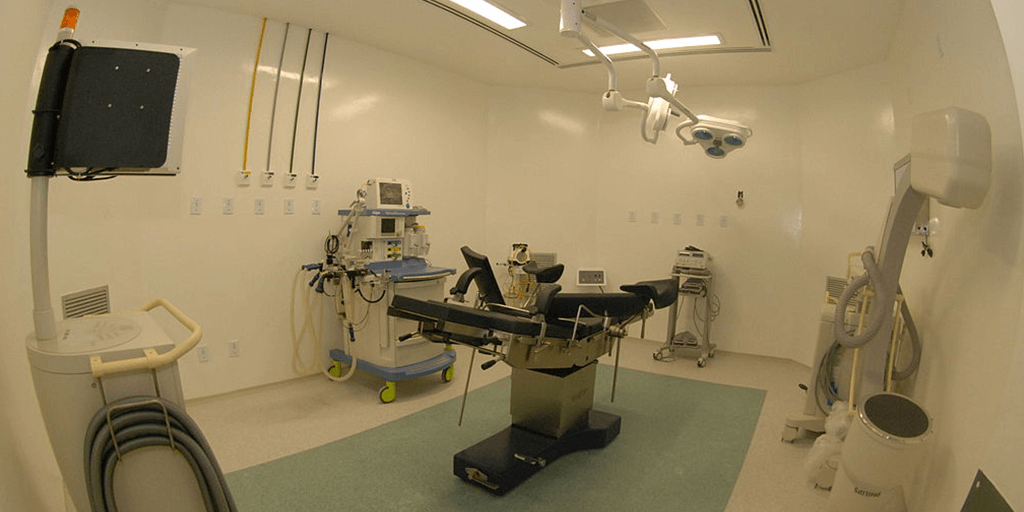what types of rules/regulations are cut in order to harvest natural gas
The National Burn Protection Association, or NFPA, has ready a standard for wellness care compliance rules and regulations. Any time a facility is considering installing gas for use in an establishment, at that place are codes facility managers must follow and safety measures to exist taken in order to provide a prophylactic surround. NFPA 99 establishes all of the criteria to be met for various levels of medical establishments in order to provide a safe environment for the medical teams, patients, and any structure or persons in the surrounding area. Using medical gas in the wrong fashion can create serious consequences, even the possibility of fires and explosions. Hither's a quick look at what the requirements NFPA 99 pertains to: These are the categories of requirements that facility materials, equipment, and appliances including medical gas and vacuum systems are subject to. NFPA 99 provides criteria that follow a take chances-based approach, where it is the run a risk posed to patients and staff, non the type of building, that defines safety guidelines. When having gas installed for employ at medical facilities, a take a chance cess should always be performed. When a adventure assessment is done you should await for whatever potential risk of injury, expiry, or fatality that may occur if at that place is a system failure or malfunction. The four run a risk categories are: With the exception of medical air compressors, no motor-driven equipment is allowed in the same infinite used for medical gas storage. In existing facilities it is common to see motor-driven equipment in the same room every bit medical gas storage. Withal, this requirement does not apply to existing facilities, information technology is only for new facilities. Another requirement to go along in listen is that for bulk outdoor storage you lot need to accept a minimum of two exit routes. Unlike the no motor-driven equipment requirement in the medical gas storage room, labeling requirements are retroactive. This includes labeling of piping, alarms, and valves. Unfortunately, inaccurate valve labeling is a very common problem in health care facilities. Meaning yous should review yours at present if y'all haven't already. The trouble with labeling tends to be more than with zone valves and area alarms. In fact, 50% of hospitals surveyed have errors with the labeling of zone valves. A mutual issue is having the labeling associated with the architectural room numbers, rather than correctly using the actual room numbers. This problem even exists in the installation of brand new systems. The purpose of this requirement is such that your staff tin can determine what valve needs to be closed when in that location is a fire in the room, and be able to do it apace. It is imperative that you have your equipment and systems checked regularly. You should too have your systems and equipment operational maintenance records, as well every bit repair data on hand. Medical gas compliance is very of import since it not just keeps patients and staff safe, merely too keeps your information up to appointment. You always want to go on all of your equipment and systems upward to code. The best way to practise this is to cheque the NFPA regularly for updates. You can notice any of the current codes and regulations in the NFPA 2018 handbook. Let's take a quick look at 5 regulations in particular... The NFPA 99 2018 edition has some of import updates that augment the Code'south scope and aid you and your facility operate more efficiently. These are but some of the updates made to the NFPA 99 2018 edition. Please exist sure to review the current regulations to maintain your safe and compliance. For more information on codes, inspections, and safety measures feel free to check out the NFPA 99 yourself. Yous should annotation that your local area weather may apply differently according to states regulations and policies. Information technology is e'er important to have, and know, all of the facts before having medical gas installed in a facility for the safety of the medical staff, patients, visitors, also anyone outside of the expanse. CHT offers medical gas services to assist you accomplish your compliance goals. To assist yous navigate through these challenges, nosotros offering a free 30-minute discovery phone call. Photo Credit: Operating Theater
Are y'all struggling with Medical Gas Compliance?
CHT offers medical gas services to help you reach your compliance goals. To help you navigate through these challenges, start with a gratis 30-minute discovery call.

Medical Gas Requirements
Medical Gas Storage
Medical Gas Systems
NFPA Requirements
Important Updates to the Current 2018 Edition
Decision


Topics: Medical Gas Compliance
Source: https://www.chthealthcare.com/blog/nfpa-99
0 Response to "what types of rules/regulations are cut in order to harvest natural gas"
إرسال تعليق